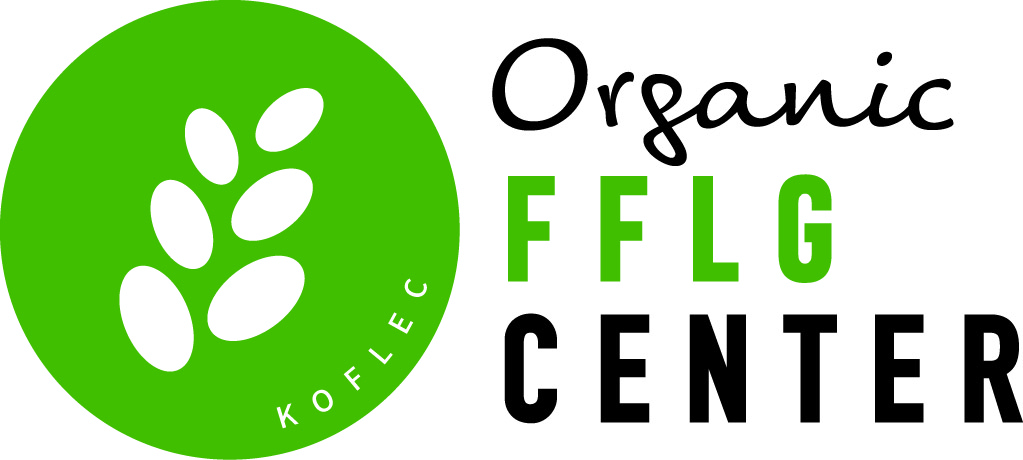
Organic farming systems
The FFLG approach is in its nature empowerment through sustainable development and capacity building targeted at improving and expanding organic farming methods such as agroforestry, mulching, crop rotation and intercropping. These methods have documented effects for mitigating the consequences of climate changes and preventing environmental degradation of natural resources that are prevalent in Uganda and Tanzania.
Tools for Agroforestry Systems
Many factors may influence how to establish an agroforestry system in practice to gain as many benefits for the farm as possible. Planning where and how to establish an agroforestry system properly as well as ensuring good agricultural practices for managing the system as it develops are vital to gain good yields from the system.
Agroforestry best practice manual: Read more about the economic, social and environmental benefits and find a step-by-step guide for establishing the agroforestry system. Download the manual
Tool for site analysis: It is vital to ensure the right spacing between trees in different systems and to plant trees in the most suitable location where they best interact with other elements on the farm. Download tool for site analysis
Tool for agroforestry monitoring: Collect general and specific data on
the agroforestry intervention to improve management. Download tool for monitoring
Tree supply form: Download a tree seedling distribution form.
Research
Comparison of soil quality and yields in organic and conventional cultivation systems. A pedological and qualitative case study in Makuutu subcounty, East Uganda. Master Thesis by Lærke Worm Callisen, investigating the differences in selected soil quality parameters in organically cultivated soils as compared to conventionally cultivated soils in a case area in East Uganda. Download thesis.
